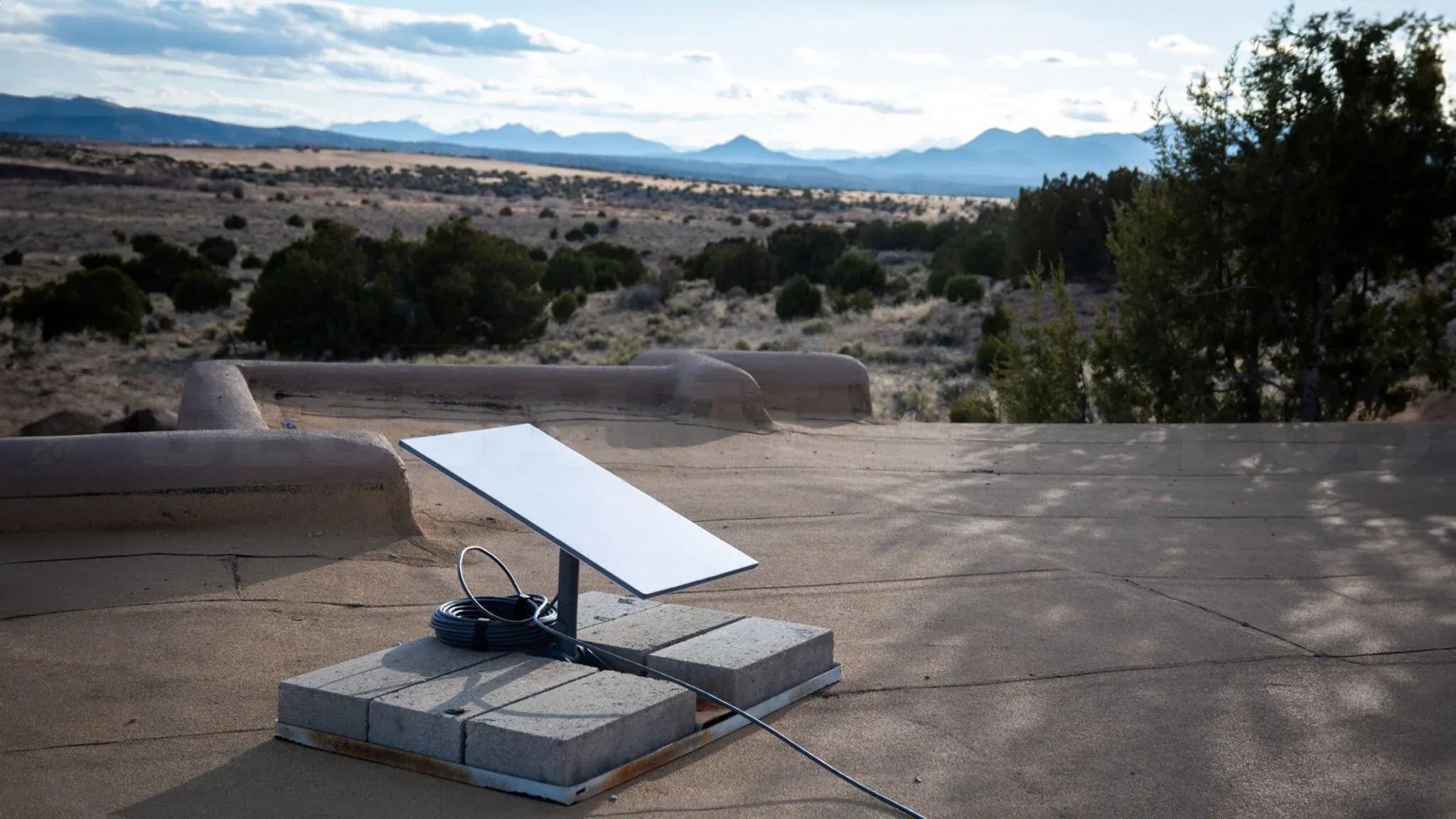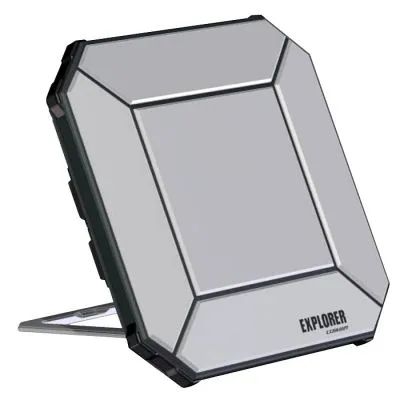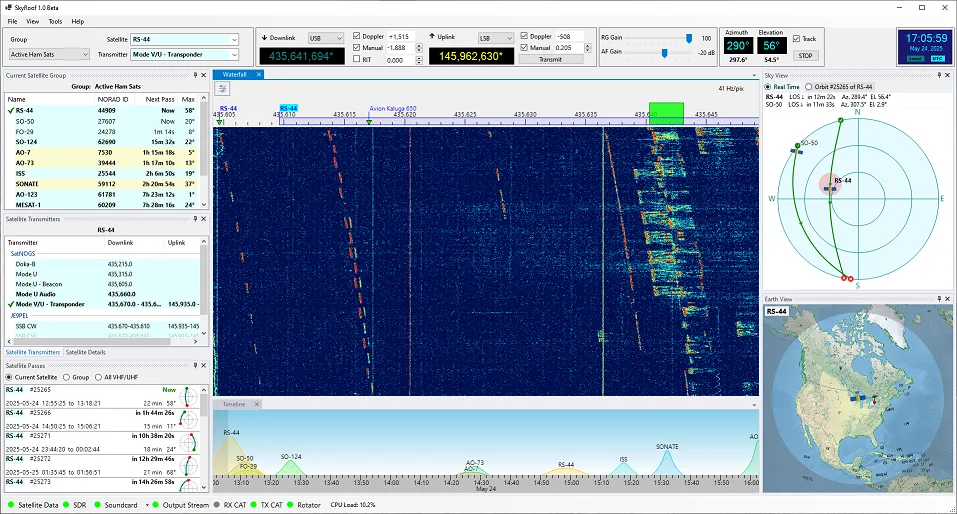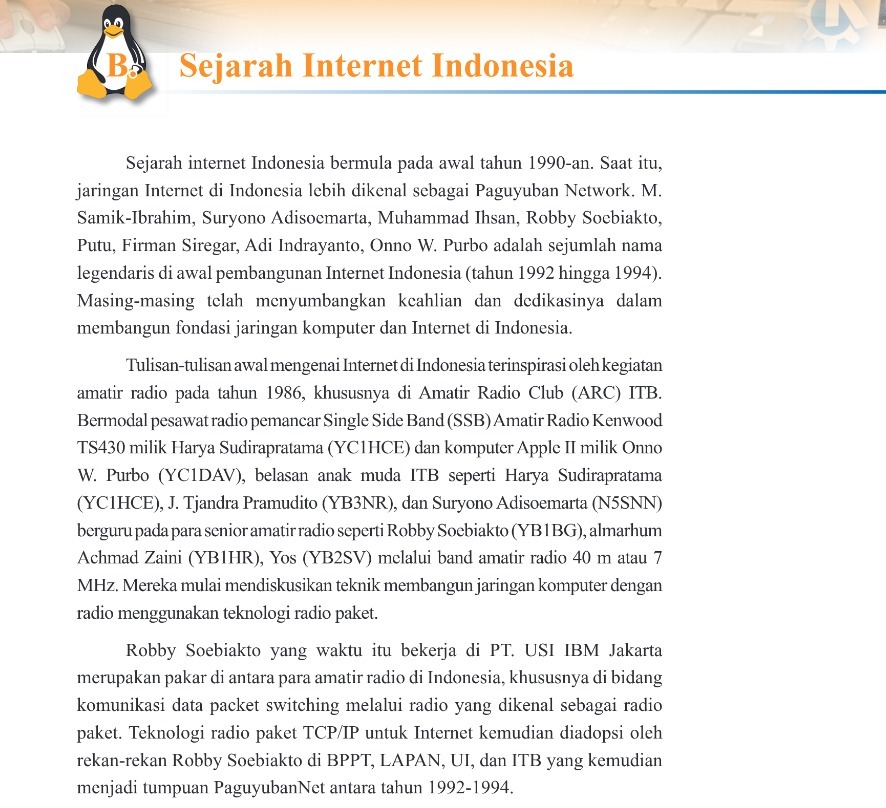broadband
internet
satellite
BGAN, BGAN vs Starlink, emergency communication, high-speed internet remote areas, Inmarsat BGAN, LEO vs GEO satellites, maritime satellite, remote internet, satellite broadband, satellite communication, satellite internet, satellite network comparison, starlink, Starlink internet
9M2PJU
0 Comments
BGAN vs Starlink: Which Satellite Network Suits Your Needs?
Satellite communication has revolutionized the way people stay connected in remote areas, at sea, or during emergencies. Two of the most talked-about solutions today are BGAN (Broadband Global Area Network) by Inmarsat and Starlink by SpaceX.
BGAN has been a trusted name for decades, providing reliable voice and data communications anywhere in the world, including oceans, deserts, and polar regions. Its portable terminals allow professionals like journalists, emergency responders, and military personnel to maintain connectivity in the most challenging environments.
Starlink, on the other hand, is a modern satellite broadband service using a constellation of Low Earth Orbit (LEO) satellites. It brings high-speed internet to rural homes, ships, and disaster zones, making streaming, video conferencing, and large file transfers possible even in areas previously underserved by traditional ISPs.
Both networks serve different purposes and excel in different scenarios. Let’s explore how BGAN and Starlink compare in terms of technology, speed, mobility, cost, and use cases.
Understanding the Technology
BGAN operates through geostationary satellites orbiting the Earth at a fixed point, enabling global coverage—even in remote oceans and deserts. Its terminals are lightweight and designed for portable, mission-critical communication.
Starlink, by contrast, uses a large network of LEO satellites at around 550 km altitude. This constellation provides high-speed, low-latency internet, ideal for streaming, online work, and general broadband use.
Speed and Latency
- BGAN: 100–492 kbps, with ~600 ms latency
- Starlink: 50–250 Mbps, with 20–40 ms latency
BGAN is sufficient for emails, messaging, and low-bandwidth applications, while Starlink supports streaming, large downloads, and online gaming.
Mobility and Portability
BGAN terminals are compact, battery-friendly, and can be used on-the-move, making them perfect for field operations. Starlink terminals are heavier and require more power but newer solutions like Starlink Maritime support mobile use at sea.
Cost Considerations
- BGAN: $60–$100/month or $1–$2 per MB
- Starlink: $110/month + ~$600 terminal cost
BGAN is expensive but offers reliable connectivity anywhere in the world, whereas Starlink is cheaper for high-data use and streaming.
Choosing the Right Solution
- BGAN is best for: emergency responders, remote journalists, military operations, maritime and aviation communication.
- Starlink is ideal for: rural broadband, ships, disaster zones, and high-speed data applications.
Final Thoughts
BGAN is all about reliability and global reach, while Starlink focuses on speed and bandwidth. Your choice depends on your priority: critical connectivity in any environment vs. high-speed broadband for data-heavy tasks.







Post Comment